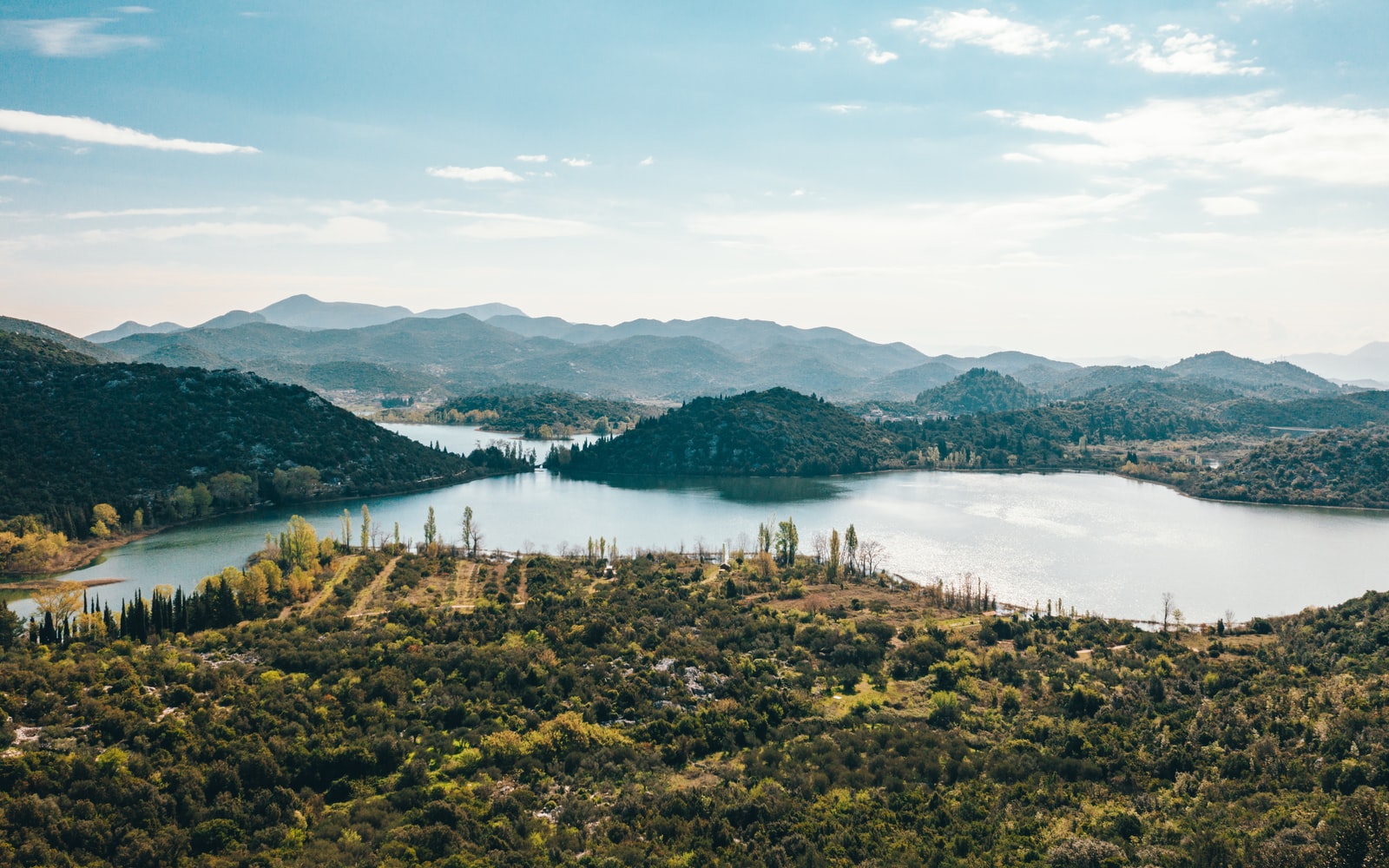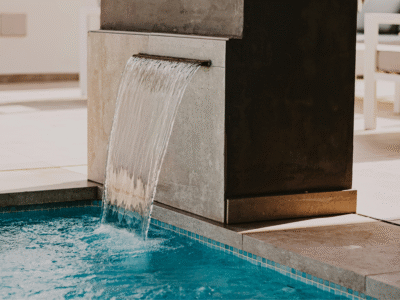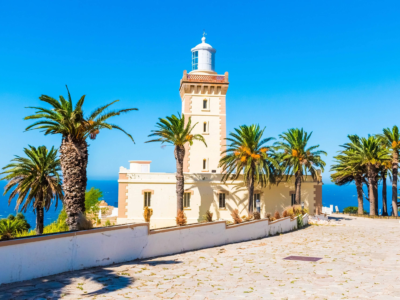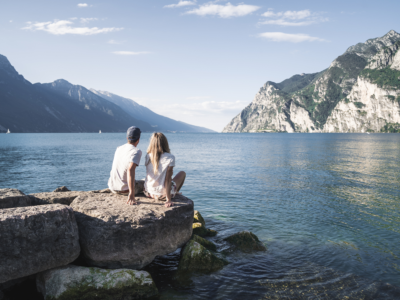Our guide to the one of the most historically interesting and beautiful places in the Mediterranean.
Dating back to the 7th century, Dubrovnik is steeped in culture and architectural importance. In 1979, the city was added to the UNESCO list of World Heritage Sites in recognition of its outstanding medieval architecture and fortified Old Town. Alongside its architecture, the city is famed for sitting on the Adriatic Sea and its breathtaking views. It is one of the world’s finest medieval cities, and here are our top picks of things to do during your stay.
1. Walk the walls of Dubrovnik
Dubrovnik’s main attraction is its impressive and intimidating 1.4-mile wall, which has protected the city since the 9th century. It’s survived bombings in the Balkan conflict of the 1990s and is considered the finest fortified city wall in the world. In the mid-14th century, defences almost 5ft in thickness and 15 forts were added to the original walls. Walking the winding limestone walls is a must and well worth the entrance fee. The walls are up to 10ft tall at the seaside and up to 20ft high on the land side, with entrances located at Pile Gate, Ploce Gate and by the Maritime Museum.

2. Explore Dubrovnik Old Town
The UNESCO World Heritage Site of Dubrovnik’s Old Town is iconic, with its red-clay-tiled roofs and renaissance, baroque and Venetian gothic architecture – all of which made it the perfect setting to film scenes for Game of Thrones. Placa (or Stradun, as locals call it) is the old main street that divides the city, with limestone paving and buildings that haven’t been altered since the 1600s. The imposing statue of the knight Orlando provides a main meeting point, and the grid of narrow streets are easy to explore, while the clock tower in Luza Square is a prominent landmark at 101ft tall. It’s one of the world’s finest and most perfectly preserved medieval cities, remarkably reconstructed after an earthquake in 1667.
3. Visit Croatian churches
Baroque Dubrovnik Cathedral has a triptych of the Ascension of Mary from 1550 by Titian adorning the main altar, and its treasury holds precious liturgical items from 1000 to 1700, including the gold-plated bones of Dubrovnik’s saint, St Blaise. The ornate baroque St Blaise’s Church was built at the start of the 1700s to replace the Romanesque chapel destroyed in the 1667 earthquake. The Franciscan monastery was built in the 1300s, with its church rebuilt in baroque style after the earthquake. It has one of the world’s oldest pharmacies, running since 1317. Lokrum Monastery on the pine-dotted island of Lokrum is now used as a summer restaurant.

4. Enjoy the Mediterranean coastline
Dalmatian beaches have pebbles instead of sand, but their azure waters are great for swimming. Lokrum Island and the nature reserves of the Elaphite Archipelago provide ideal sailing and kayaking environments. Walking the rugged cliffs admiring the coves and tiny islands, it’s easy to see why Dubrovnik is described as the ‘pearl of the Adriatic’. The hillside estate park, Trsteno Arboretum, has delighted visitors with its sculptures, fountains and flora since the 1400s. Taking the cable car up 1,351ft Mount Srd gives unparalleled views of Dubrovnik and the islands beyond.

5. Explore Sponza Palace
This attractive, former 16th-century customs house currently houses the city’s extensive state archives, varying from photocopies of treasured historical documents to photographs. A small room opposite the ticket office holds the Memorial Room of the Dubrovnik Defenders who perished in the Croatian War of Independence. Covering 12 months from October 1991, the exhibition contains portraits of the 300 defenders and civilians who passed away, as well as a tattered remnant of the Croatian flag that flew atop Mount Srd.













